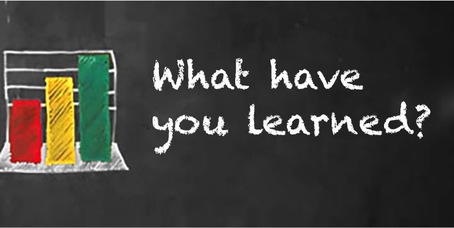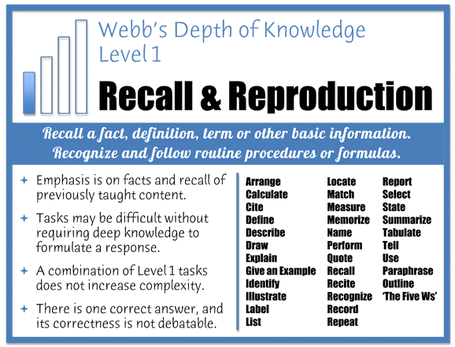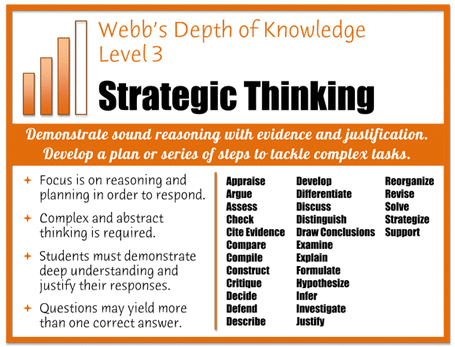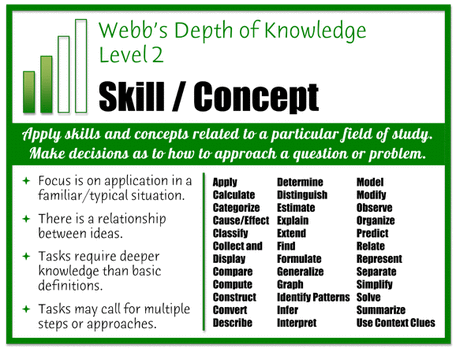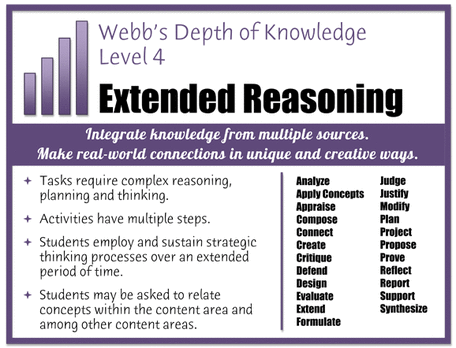Understanding of Movement Concepts
Good assessments...Good teacher questioning leads to deeper levels of student understanding. Here's a look at the different levels of knowledge and how assessment questions are constructed for real-life application:
Technology Integration...A big part of successfully tracking hundreds of students comes down to the efficiency in which I can assess them all in meaningful and manageable ways. I need to be able to gather data quickly (so we're not losing valuable activity time) and then analyze that data to help drive my instruction. Technology has revolutionized the way that's done in the 21st century P.E. classroom.
Whether I'm using Google forms, Plickers cards or simply just having a debriefing time to reflect and process the day's events, the addition of technology allows every student a voice. And best of all, I KNOW which concepts students are comprehending and which I need to go back and re-teach. |
Throughout the year, students have the opportunity to demonstrate their knowledge of various skills and movement concepts covered in class. These assessments are done both in formative (during instruction) and summative (after instruction) formats. Depending on the grade level, students accumulate several short 1 to 5 question assessments in class during a grading period. Older students may have a longer, extended assignment to complete at home.
As a teacher, I'm constantly assessing students informally through my observations and interactions with them. This anecdotal feedback combined with the concrete data I collect through more formal evaluations allow me to determine where my students are at in relation to the grade level outcomes or performance descriptors. Grade Descriptors...Demonstrates Consistency
Student can demonstrate all critical elements of the assessed content area (skill, movement pattern, concept, knowledge, behavior or effort) within a variety of physical environments. Quality consistently meets, exceeds or applies in an established nature based on the grade level outcomes. Demonstrates Progress
Student can demonstrate the basic critical elements of the assessed content area (skill, movement pattern, concept, knowledge, behavior or effort). Quality is of a maturing, developing or functional nature based on the grade level outcomes. Area for Improvement
Student needs deliberate practice and support of the assessed content area (skill, movement pattern, concept, knowledge, behavior or effort). Quality is still emerging or rudimentary based on the grade level outcomes. |

